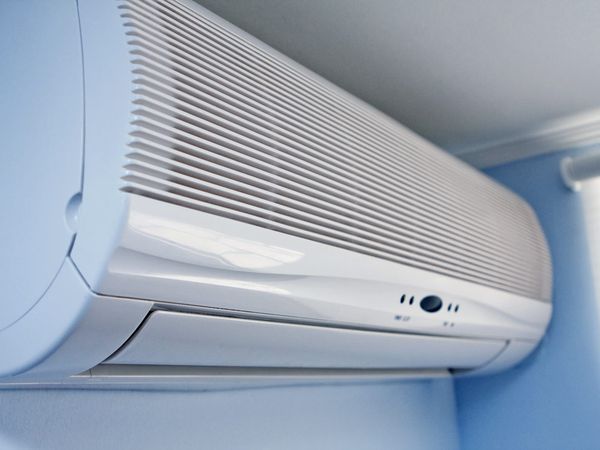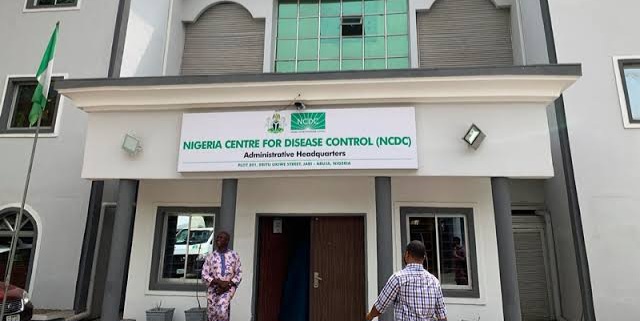By Brenda Goodman
As COVID-19 cases rise rapidly across the globe, some scientists believe there could be an important, but overlooked factor in the spread of the virus in the region–air conditioning.
Air conditioning is also risky because of the way air handlers work. When outdoor temperatures are extreme, HVAC systems adjust the mix of fresh air they pull in to save energy, says Edward Nardell, MD, professor of environmental health and immunology and infectious diseases at Harvard’s T.H. Chan School of Public Health.
That means the hotter it is outside, the more indoor air recirculates, which means, “You’re breathing a higher percentage of the same air that other people are exhaling,” Nardell says.
“You’re more likely to be touching the same surfaces that have been contaminated by people speaking and coughing etc.,” he says.
And this may seem obvious, but air conditioners have fans that blow the air around. That gives the smallest viral particles—aerosols–extra lift to say suspended in the air for longer. “The air currents that are produced by air conditioners and also fans and other air moving devices can carry particles further than they might otherwise go,” he says.
Air conditioners also remove moisture from the air, “and we know viruses prefer dry air,” he says.
In certain situations, that combination of factors may create the perfect conditions for contagion.
Steps for Safer Indoor Air
Shelly Miller, PhD, a professor of mechanical engineering who studies indoor air quality at the University of Colorado, says that the easiest thing to keep the virus from building up inside is to bring in more outdoor air. In homes, that means opening windows and doors regularly to let fresh air in. That’s harder to do in commercial buildings.
“What we’ve been recommending to minimize risk indoors is to provide 100% outside air, which you can’t do if you’re trying to heat or cool because it just costs way too much money,” she said.







































Leave a comment